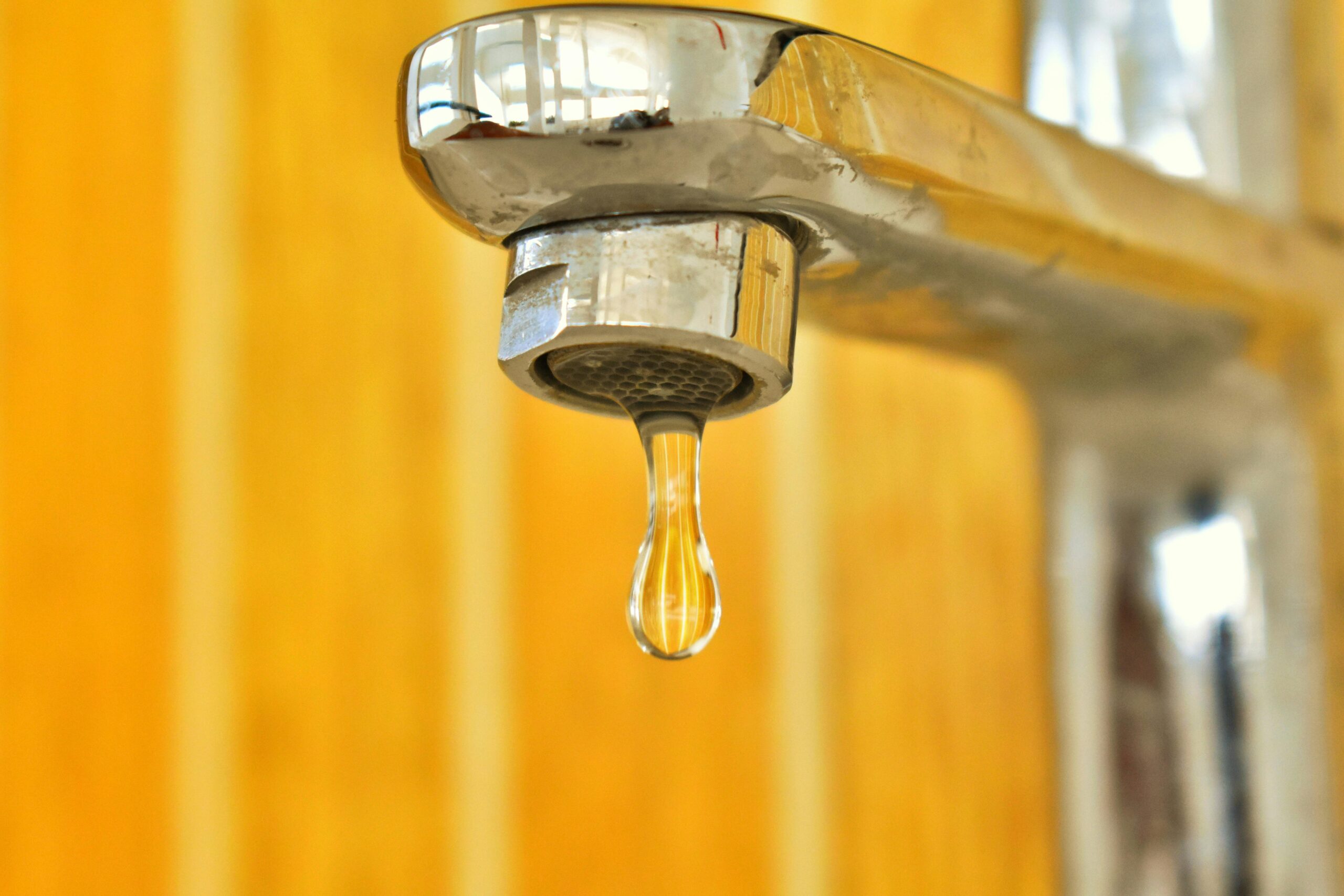
Welcome, neighbors! Let’s talk about something that affects all of us: household money drains. As homeowners and renters alike, we know that unexpected expenses can pop up at any moment, leaving a dent in our wallets. But don’t worry we’ve put together a list of common household money drains and solutions to help you save some cash. Together, let’s tackle these pesky problems and keep more money in our pockets!
The Dreaded Drips
Drip, drip, drip. We’ve all experienced the annoyance of a leaky faucet or showerhead. Those tiny drops may seem insignificant, but they can add up quickly and increase your water bill. Not to mention the potential damage to your fixtures and pipes if left unchecked.
To remedy this, first, identify the source of the leak. Common culprits include worn out washers or deteriorating O-rings. Luckily, these are relatively inexpensive and easy to replace with a trip to your local hardware store. Replace worn out washers and gaskets or invest in a low-flow showerhead. It may cost you a bit upfront, but it will save you money in the long run by conserving water and reducing your utility bills. If you’re not confident in DIY plumbing, don’t hesitate to call a professional for help.
Vampire Appliances
No, we’re not talking about a vampire movie marathon. Vampire appliances are those sneaky electronics that suck up electricity even when turned off or in standby mode. Think TVs, computers, and game consoles. Unplug these energy vampires when not in use, or invest in smart power strips that automatically cut off power to devices when they’re not being used.
Phantom Flushing
Do you hear your toilet flushing on its own? This phenomenon is known as phantom flushing and can lead to hundreds of gallons of wasted water per day! The most common cause is a faulty flapper valve, which can easily be replaced. Other potential causes include a loose toilet chain or high water pressure. If that doesn’t solve the problem, it may be an issue with the toilet’s fill valve or overflow tube. Don’t let phantom flushing drain your money down the drain—fix it ASAP.
Drafty Doors and Windows
Does your home feel colder in the winter and hotter in the summer? Your doors and windows could be to blame. These drafts not only make your home uncomfortable, but they also increase your energy bills as your heating and cooling systems work harder to maintain a consistent temperature. Seal any gaps around doors and windows with weather stripping or caulk. You can also invest in insulated curtains or shades to help regulate indoor temperatures, or, click here to get some professional help.
You can find weather stripping, caulk, and insulated curtains or shades at your local hardware store or home improvement center. Many stores also offer online ordering and delivery options for added convenience. Before purchasing supplies, make sure to measure the gaps around your doors and windows so you know how much material you will need.
Leaking Air Ducts
Similar to drafty doors and windows, leaking air ducts can lead to higher energy bills. These leaks can occur due to poor installation or damage over time. Hire a professional to inspect and repair any leaking air ducts. You may also consider replacing your air filters regularly to improve the efficiency of your HVAC system.
To find air duct leaks, start by turning on your HVAC system and placing your hand near the joints and connections of the ductwork. If you feel any noticeable airflow, there may be a leak in that area. You can use incense smoke or a fog machine to detect air movement around the ducts. Once you’ve tracked down the leaks, seal them with specialized foil tape or mastic sealant for a more permanent fix.
Wasteful Watering
We all know that leaving the water running while brushing our teeth is wasteful, but there are other ways we unintentionally use excess water in our homes. For example, washing only half loads of laundry or watering the lawn too frequently. Be mindful of your water usage and try to limit it where possible. Only run full loads of laundry, fix any outdoor leaks, and consider installing a rain barrel for watering your lawn.
We can make a difference by choosing water-conscious plants for our yards. Native plants and perennials are better adapted to local climate conditions and require less watering. Consider adding mulch around your plants to retain moisture in the soil. And when it comes time to mow your lawn, set your mower blades higher to reduce water evaporation from the grass.
Poorly-Insulated Attics
Did you know that a poorly-insulated attic can account for up to 25% of your home’s energy loss? This not only affects your heating and cooling bills but also the overall comfort of your home. Add some extra insulation to your attic or consider investing in energy-efficient roofing materials. You’ll see a significant improvement in energy efficiency and may even qualify for tax credits or rebates.
With these solutions in mind, we hope you can identify and address any common household money drains in your home. Remember, even small changes can add up to big savings in the long run. Here’s to a more budget-friendly future for all of us! Keep an eye out for our next newsletter where we’ll be discussing ways to save on home maintenance costs. Until then, happy saving!


